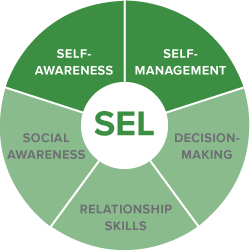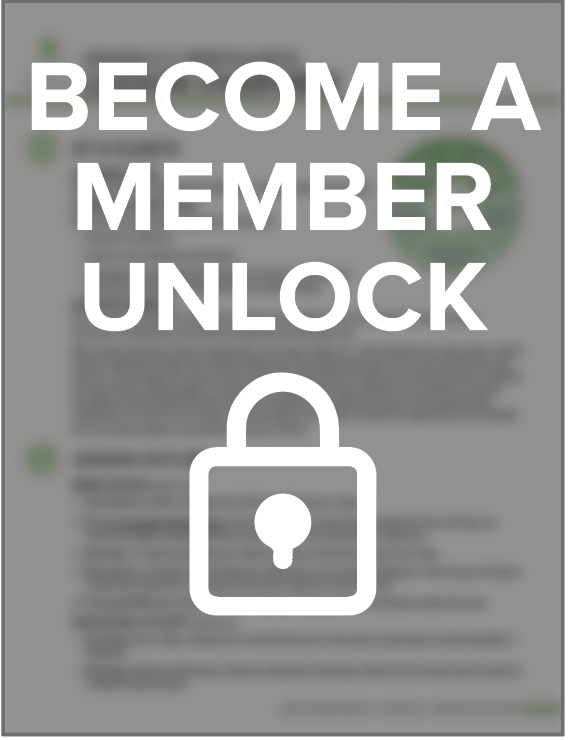Locked Content
Unlock this lesson plan by becoming a paid member. Existing members, please log in.
Students will understand how emotions feel in their bodies.
By the end of the lessons, students will be able to:
- Draw a map of their bodies showing where they feel different emotions
- Understand that different people feel emotions in their bodies differently
Butterflies in your stomach? We all really do feel our emotions in our body; there’s even scientific evidence proving it. Why is this important then to teach? Because it helps us understand that we all have some control over how we feel both emotionally and physically.
This lesson starts with an extended body scan in which students practice mindfulness by paying attention to their bodies. Following the body scan, students explore the mind-body connection through an ice cube challenge: students see how long students can hold an ice cube. On the second attempt, suggest they breathe deeply. Compare results. Following the activity, students discuss what they noticed was happening in their mind and in their bodies. Students end by reflecting in their journals on a time when they felt physically uncomfortable and could have used this technique.
This is a student favorite activity and requires an ice cube. If students do not have ice cubes at home, refer to the additional activity or videos in the lesson variation section. With ice cubes, this lesson does not require any real modifications for online delivery.
For the Body Scan, have students turn off their cameras.
For the Body Scan make sure to give students time (at least a minute) to get settled and comfortable. A minute of wait time on a recorded delivery can feel awkward as the teacher, but it will take students some time to get settled. During and after the activity, still ask the students the discussion questions and so they reflect on the experience.
CASEL Competencies
Self-awareness: The abilities to understand one’s own emotions, thoughts, and values and how they influence behavior across contexts. This includes capacities to recognize one’s strengths and limitations with a well-grounded sense of confidence and purpose.
Self-management: The abilities to manage one’s emotions, thoughts, and behaviors effectively in different situations and to achieve goals and aspirations. This includes the capacities to delay gratification, manage stress, and feel motivation & agency to accomplish personal/collective goals.


